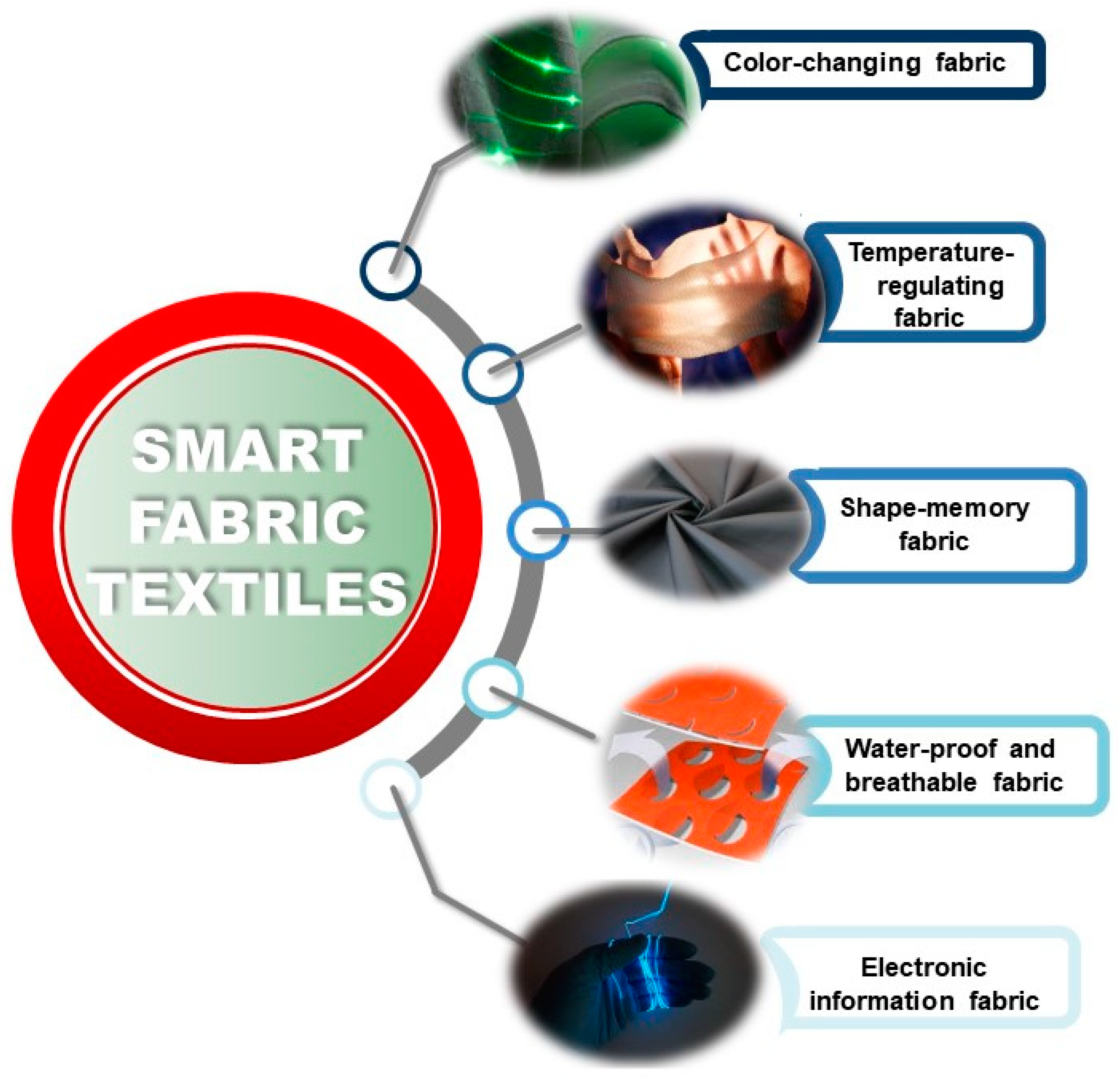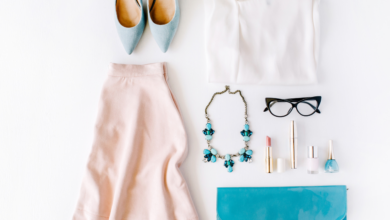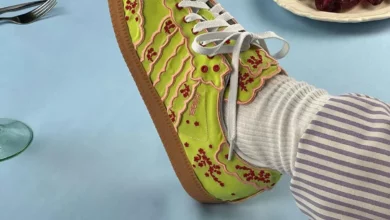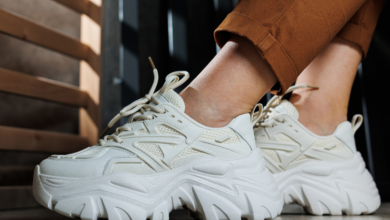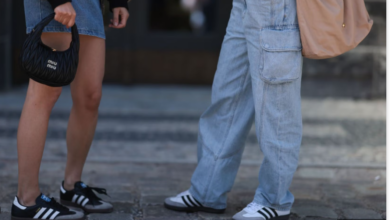
Are you ready for a fashion revolution? Stylish.ae is paving the way for a new era of wearable fashion, where technology and textiles seamlessly merge. From smartwatches that double as stunning accessories to high-tech clothing that enhances your everyday life, this online platform is redefining the fashion industry. With a wide range of stylish and innovative products, Stylish.ae has your wardrobe covered from head to toe. Step into the future of fashion and explore the endless possibilities that “Tech Meets Textile” has to offer.
Fashion meets Technology
The fusion of fashion and technology
In today’s rapidly advancing world, fashion and technology have come together to create a unique and innovative concept known as wearable fashion. This fusion of two seemingly separate industries has revolutionized the way we see and experience fashion. Wearable technology has made its mark in various sectors, including health and wellness, entertainment, and communication. With the increasing demand for fashion-forward and tech-savvy products, the collaboration between fashion and technology has opened up endless possibilities for innovation and creativity.
The impact of technology on the fashion industry
Technology has had a profound impact on the fashion industry, transforming every aspect of it, from design to production, marketing, and consumer experience. Designers now have access to cutting-edge tools and software that aid in the creation of intricate designs and patterns. 3D printing technology has revolutionized the manufacturing process, allowing designers to bring their ideas to life with unprecedented speed and precision. Social media platforms and e-commerce websites have made it easier for fashion brands to reach a global audience and connect with their customers on a more personal level. Technology has not only sped up the fashion cycle but has also made it more accessible and inclusive.
The rise of wearable technology in fashion
Wearable technology, also known as wearables, has gained considerable popularity in recent years. These are technologically advanced devices that can be worn on the body, seamlessly integrating technology into fashion. Wearables have become a significant part of our lives, with devices such as smartwatches, fitness trackers, and even smart jewelry becoming increasingly common. They not only serve a functional purpose but also add a stylish and personalized touch to our attire. The rise of wearable technology has allowed fashion enthusiasts to express themselves technologically while staying stylish.
Wearable Fashion: The New Trend
Definition of wearable fashion
Wearable fashion refers to clothing or accessories that incorporate technology into their design and functionality. It goes beyond ordinary clothing by offering features that enhance the user’s experience and provide additional benefits. Wearable fashion is not only stylish but also functional, making it the perfect blend of fashion and technology.
The popularity and demand for wearable fashion
With the increasing interest in technology and its seamless integration into our everyday lives, wearable fashion has gained immense popularity. People are looking for innovative ways to express themselves, and wearable fashion offers them just that. Whether it’s a fitness tracker disguised as a trendy bracelet or a smart jacket equipped with heating technology, consumers are drawn to the convenience and style that wearable fashion provides. The demand for wearable fashion is only expected to grow as more brands continue to explore and create unique designs.
Key features and characteristics of wearable fashion
Wearable fashion stands out due to its unique and distinctive features. Firstly, it seamlessly combines fashion and technology, offering users the best of both worlds. Secondly, wearable fashion products are designed to be comfortable and practical, ensuring that the technology does not hinder the wearer’s experience. Additionally, wearable fashion offers customization options, allowing users to personalize their devices according to their style preferences. Lastly, wearable fashion is constantly evolving, with new advancements and innovations being introduced regularly.
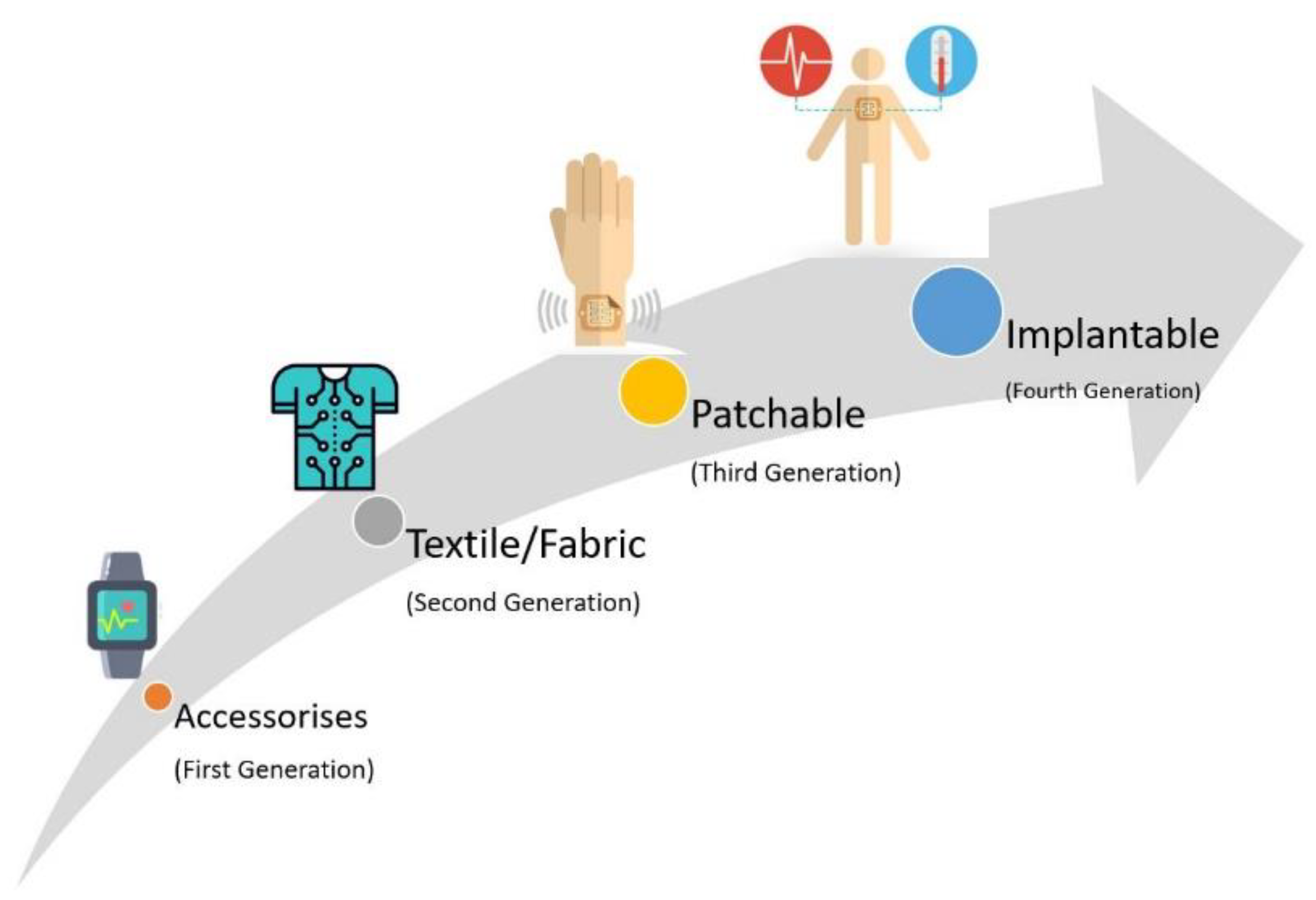
Smart Fabrics: The Building Blocks
Introduction to smart fabrics
Smart fabrics are at the heart of wearable fashion, serving as the building blocks that incorporate technology into clothing and accessories. These fabrics are embedded with electronic components or interwoven with conductive fibers, allowing them to interact and respond to external stimuli. Smart fabrics can sense, transmit, and react to different environmental factors, making them an essential component of wearable technology.
Types of smart fabrics
There are various types of smart fabrics available in the market today. One type is known as conductive fabric, which consists of conductive threads or yarns that can transmit electrical signals. This fabric is commonly used in touch-sensitive gloves, allowing users to operate touchscreen devices without removing their gloves. Another type is thermal fabric, which has heating or cooling properties. This fabric is often used in outerwear or activewear to provide thermal comfort. Additionally, there are fabrics with integrated sensors that can measure vital signs, such as heart rate or body temperature, enhancing the functionality of wearable devices.
Applications of smart fabrics in wearable fashion
Smart fabrics have a wide range of applications in wearable fashion. They can be used to create garments that can monitor the user’s health, track their activity levels, and even provide haptic feedback. For example, a smart sports bra can monitor heart rate and breathing patterns, ensuring that the wearer exercises within their target zone. Smart fabrics can also be used to create clothing that adapts to different climatic conditions. For instance, a jacket with embedded thermal fabric can provide heating during colder temperatures and cooling during hotter temperatures. The applications of smart fabrics in wearable fashion are limitless, providing endless possibilities for designers and consumers alike.
Designing for Wearable Technology
Considerations for designing wearable technology
Designing for wearable technology requires careful consideration of various factors. Firstly, designers need to ensure that the technology seamlessly integrates into the fashion piece without compromising its aesthetics. The design should be visually appealing and complement the overall look and feel of the garment or accessory. Secondly, functionality is key. The wearable device should serve its intended purpose effectively and efficiently. It should be user-friendly and provide a seamless user experience. Additionally, comfort is paramount. Wearable technology should be designed to be lightweight, breathable, and comfortable to wear for extended periods.
Integrating technology seamlessly into fashion
The integration of technology into fashion is not without its challenges. Designers must find innovative ways to hide or disguise the electronic components, so they blend seamlessly with the fabric and do not disrupt the overall design. This often involves incorporating the technology into the garment’s structure, such as embedding sensors or wires into the seams or linings. Designers also need to consider how the technology will be powered and where the necessary components, such as batteries, will be housed. The key is to ensure that the technology does not detract from the fashion piece but rather enhances its appeal.
Balancing aesthetics and functionality
When designing wearable technology, finding the balance between aesthetics and functionality is crucial. Fashion-forward individuals want to wear stylish, on-trend pieces that make a statement. At the same time, they expect the technology to enhance their daily lives and provide them with valuable insights. Designers need to strike a balance between creating visually appealing garments and providing users with practical features. This requires a deep understanding of both fashion and technology and the ability to merge the two seamlessly.
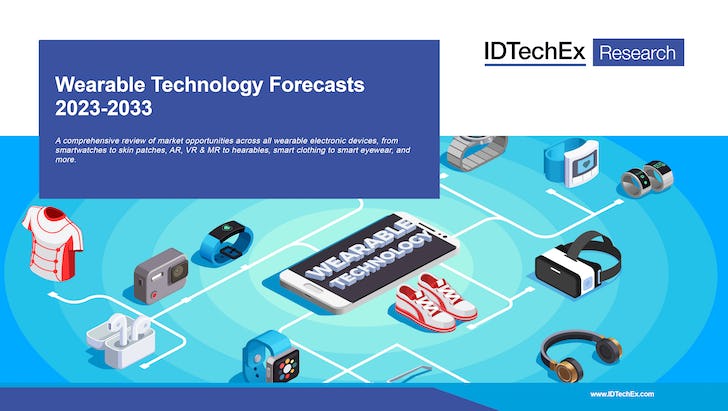
Fashionable Wearable Devices: A Closer Look
Overview of fashionable wearable devices
Fashionable wearable devices are the epitome of style, providing users with trendy accessories that also offer advanced technological features. These devices can range from smartwatches and fitness trackers to smart jewelry and even augmented reality glasses. Fashionable wearables are designed with aesthetics in mind, catering to individuals who value both fashion and functionality. These devices have become coveted fashion statements, allowing users to express their personal style while staying connected and informed.
Innovative examples of fashionable wearable devices
Several innovative examples of fashionable wearable devices have taken the market by storm. Smartwatches, such as the Apple Watch, have become a must-have accessory for tech-savvy individuals. These watches not only tell the time but also offer features like fitness tracking, notifications, and even the ability to make phone calls. Another example is smart jewelry, which combines fashion and technology seamlessly. Companies like Ringly and Motiv have created rings and bracelets that can track activity, send notifications, and even monitor sleep patterns. These fashionable wearables showcase how technology can be integrated into everyday accessories without sacrificing style.
The future of fashionable wearable devices
The future of fashionable wearable devices looks promising, with advancements in technology and design constantly pushing the boundaries of innovation. We can expect to see wearables become even more discreet and seamlessly integrated into our clothing and accessories. The use of smart fabrics and flexible displays will revolutionize the way we perceive wearable technology. Designers will continue to experiment with materials, shapes, and colors, creating wearables that are not only fashionable but also customizable. The future will see wearable devices becoming an even more integral part of our everyday lives, effortlessly blending fashion and technology.
Connected Clothing: Fashion with Function
What is connected clothing?
Connected clothing, also known as smart clothing or e-textiles, refers to garments embedded with electronic components and sensors, allowing them to connect to other devices or networks. These garments can transmit and receive data, providing users with real-time information about their body, environment, or even their social media networks. Connected clothing goes beyond simple wearable devices and offers a more comprehensive and integrated approach to fashion and technology.
Advantages and benefits of connected clothing
Connected clothing offers numerous advantages and benefits to the wearer. These garments can track various aspects of the user’s health and well-being, such as heart rate, body temperature, and even stress levels. They can provide feedback and recommendations to help individuals achieve their fitness or wellness goals. Connected clothing also enables seamless integration with other smart devices, such as smartphones or smart home systems, allowing users to control their environment or receive notifications directly through their clothing. Additionally, connected clothing has the potential to revolutionize the retail industry, providing personalized shopping experiences and virtual fitting rooms.
Potential challenges and limitations of connected clothing
While connected clothing holds great promise, there are potential challenges and limitations that need to be addressed. One of the main challenges is the power source. Embedded electronic components require power, and finding sustainable and efficient ways to power connected clothing is still a work in progress. Another challenge is scalability and mass production. As the demand for connected clothing increases, manufacturers will need to find cost-effective ways to produce these garments on a large scale without compromising quality or design. Additionally, user privacy and data security are crucial considerations in the era of connected clothing, and efforts must be made to protect user information and ensure secure communication between devices.

Luxury Fashion and Technology Collaboration
Partnerships between luxury fashion brands and tech companies
The collaboration between luxury fashion brands and tech companies has resulted in groundbreaking innovations that merge high-end fashion with cutting-edge technology. Companies like Apple, Google, and Samsung have partnered with renowned fashion houses to create limited-edition collections and co-branded products. These collaborations leverage the fashion brand’s expertise in design and aesthetics and the tech company’s technological capabilities to create unique and exclusive products. This partnership between fashion and technology has helped bridge the gap between luxury and innovation, making wearable technology more accessible and desirable to a broader audience.
The integration of technology in luxury fashion
Luxury fashion brands have recognized the importance of incorporating technology into their designs to enhance the consumer experience. From intelligent fabrics to connected accessories, luxury fashion has embraced wearable technology in various forms. High-end brands have created smartwatches with intricate designs and exclusive features, combining the functionality of technology with the craftsmanship and prestige of luxury fashion. These collaborations not only cater to tech-savvy consumers but also introduce a new wave of consumers to the world of luxury fashion, expanding the industry’s reach and relevance.
The impact of technology collaborations on luxury fashion
The collaboration between luxury fashion brands and tech companies has had a significant impact on the industry as a whole. It has sparked innovation, pushing designers to think outside the box and explore new possibilities. These collaborations have brought technology to the forefront of fashion, challenging traditional notions of what constitutes luxury. As a result, luxury fashion brands have evolved and adapted to the changing consumer landscape, embracing technology as a means to connect with their audience in new and exciting ways. The impact of technology collaborations on luxury fashion is undeniable, shaping the industry’s future and opening up new avenues for growth and creativity.
Fashion Tech and Sustainability
The role of fashion tech in promoting sustainability
Fashion tech plays a crucial role in promoting sustainability in the fashion industry. With the growing concern over the environmental impact of fast fashion, innovative technologies are being developed to address these issues. From fabric recycling to waterless dyeing techniques, fashion tech is revolutionizing the way garments are produced and consumed. It enables the creation of sustainable fabrics, such as biodegradable materials or recycled fibers, reducing the reliance on non-renewable resources. Fashion tech also promotes transparency and traceability, allowing consumers to make informed decisions about the products they purchase and supporting ethical and sustainable fashion practices.
Innovative sustainable technologies in the fashion industry
The fashion industry has seen the emergence of various innovative sustainable technologies that are transforming the way clothing is made. One such technology is 3D printing, which allows for on-demand production, minimizing waste and reducing the carbon footprint. Another sustainable technology is the development of plant-based or lab-grown materials, such as vegan leather or biodegradable textiles. These materials offer an eco-friendly alternative to traditional fabrics, without compromising on style or quality. Additionally, advancements in dyeing techniques, such as digital printing or natural dyeing processes, have significantly reduced water consumption and chemical pollution associated with conventional dyeing methods.
The future of sustainable fashion tech
The future of sustainable fashion tech looks promising, with continued advancements and innovations on the horizon. As consumer demand for sustainable fashion grows, there will be increased investment in research and development of eco-friendly materials and production methods. Technologies like blockchain and RFID tagging will enable greater transparency and traceability within the fashion supply chain, ensuring ethical and sustainable practices are upheld. The fashion industry will continue to embrace sustainable fashion tech as a means to address environmental concerns and create a more sustainable and responsible future.
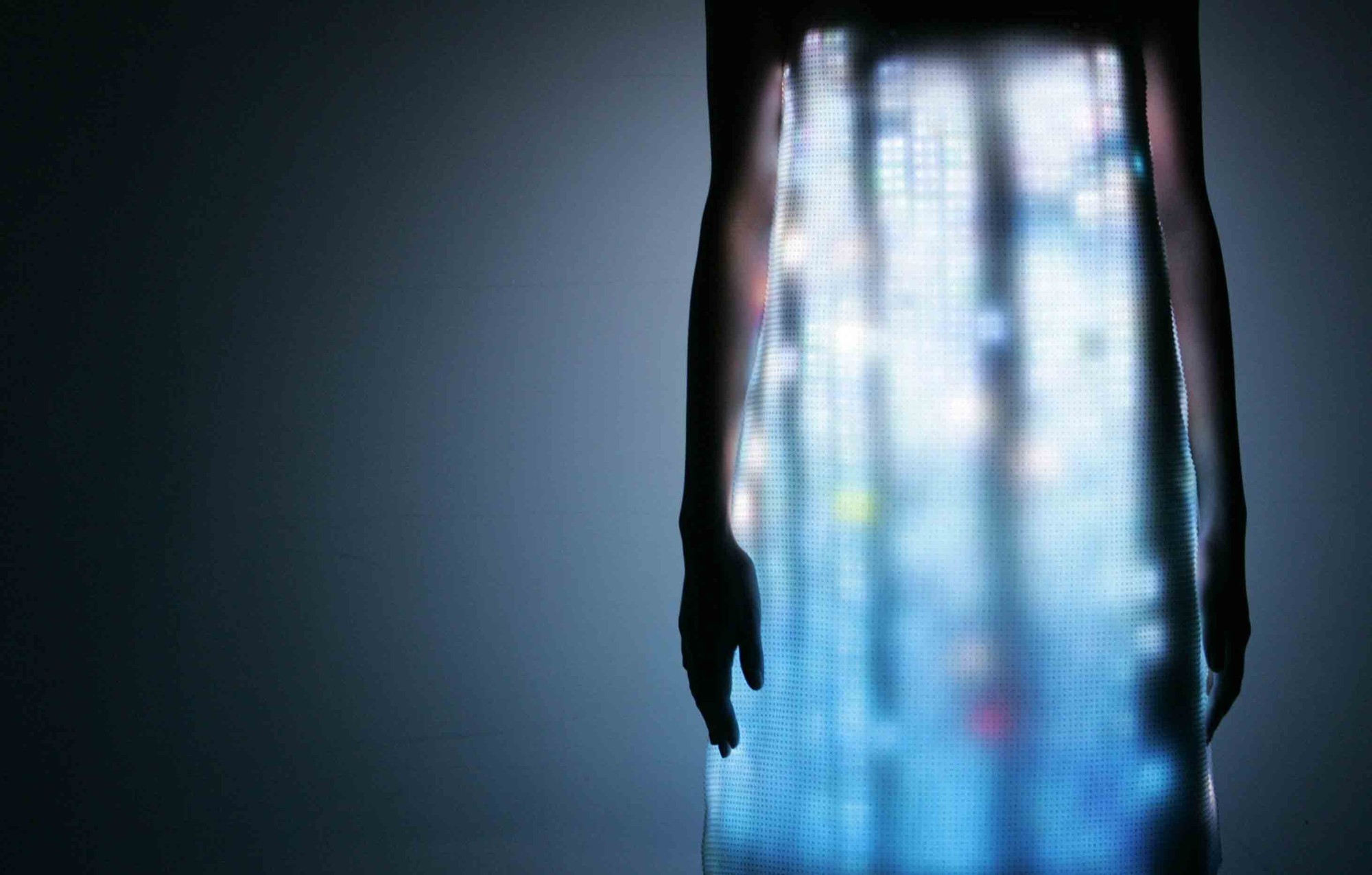
Fashion Tech Startups: Powering Innovation
Emerging fashion tech startups
The fashion tech industry is experiencing a surge in startups that are driving innovation and pushing the boundaries of what is possible. These startups are focused on merging fashion and technology to create novel products and solutions. From smart textiles to virtual reality shopping experiences, these startups are at the forefront of the fashion tech revolution. They are disrupting traditional business models and challenging established players in the industry, fostering an environment of creativity and collaboration.
Disruptive technologies in the fashion industry
Disruptive technologies are reshaping the fashion industry, challenging conventional practices and paving the way for new business models and consumer experiences. Augmented reality (AR) and virtual reality (VR) technologies, for example, are transforming the way consumers shop by offering immersive and interactive experiences from the comfort of their homes. IoT (Internet of Things) devices and sensors are revolutionizing supply chain management, enabling real-time tracking and optimization of inventory and production processes. 3D scanning and body mapping technologies are revolutionizing the way garments are measured and fitted, reducing waste and improving the overall shopping experience. These disruptive technologies are driving innovation and propelling the fashion industry into the future.
Investments and funding in fashion tech startups
Investments and funding in fashion tech startups have been on the rise in recent years, as investors recognize the potential for growth and profit in this emerging industry. Venture capitalists, angel investors, and even established fashion brands are pouring resources into fashion tech startups, fueling innovation and supporting the development of new technologies. Funding enables startups to further research and development, scale their operations, and bring their products to market. Additionally, collaborations between startups and established fashion brands offer a mutually beneficial relationship, providing startups with access to resources and expertise while allowing fashion brands to tap into the innovation and creativity of the startup ecosystem.
The Future of Wearable Fashion
Predictions for the future of wearable fashion
The future of wearable fashion is bright, with endless possibilities for new technologies and design innovations. As technology continues to evolve and become more integrated into our lives, wearable fashion will become an integral part of our everyday attire. We can expect to see wearable devices become even smaller, more discreet, and seamlessly integrated into our clothing and accessories. Advances in AI (Artificial Intelligence) and machine learning will enable wearables to become more intuitive and personalized, catering to individual needs and preferences. Additionally, wearable fashion will continue to embrace sustainability, with the development of eco-friendly materials and production techniques.
Technological advancements shaping the future of fashion
Technological advancements will play a significant role in shaping the future of fashion. Smart fabrics will continue to evolve, offering enhanced functionalities and interconnectivity. The use of flexible and stretchable electronics will revolutionize the design possibilities for wearable fashion, enabling garments that can adapt to the wearer’s movements and environment. Biofabrication, the process of growing materials from cells, will open up new avenues for sustainable and cruelty-free fashion. Furthermore, advancements in energy harvesting and storage technologies will address the power requirements of wearable devices, making them more efficient and sustainable.
The evolving relationship between fashion and technology
The relationship between fashion and technology is constantly evolving, with each industry influencing and inspiring the other. Fashion has embraced technology as a means of enhancing its designs, functionality, and sustainability. On the other hand, technology has found a new avenue for expression and creativity through fashion. The evolving relationship between fashion and technology has resulted in collaborations, innovations, and advancements that have transformed both industries. This relationship will continue to evolve as technology becomes even more integrated into our daily lives, and fashion continues to adapt to the ever-changing needs and desires of consumers.
As we delve into the world of wearable fashion and explore the fusion of fashion and technology, we witness the endless possibilities and exciting advancements that lie ahead. Wearable fashion is not just a passing trend; it is a revolution that has reshaped the way we interact with our clothing and accessories. From smart fabrics and fashionable wearable devices to connected clothing and sustainable fashion tech, the future of wearable fashion holds immense potential for creativity, innovation, and personalization. So embrace the intersection of fashion and technology, for it is a journey that will continue to redefine our relationship with clothing and push the boundaries of what is possible.
